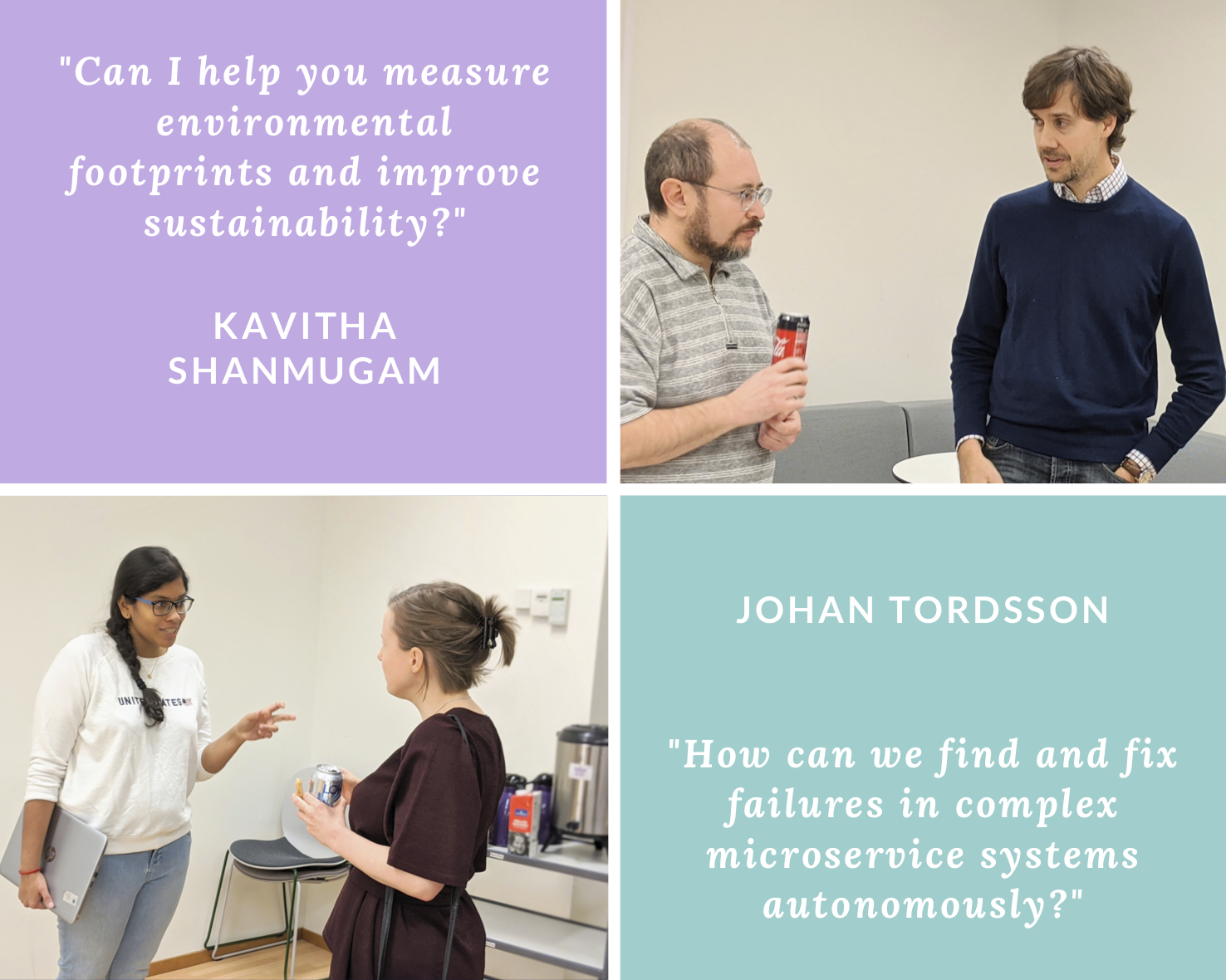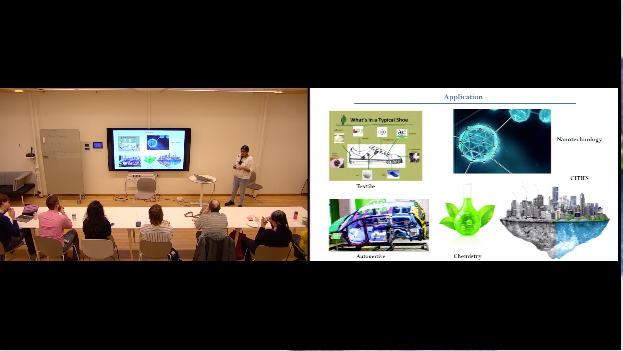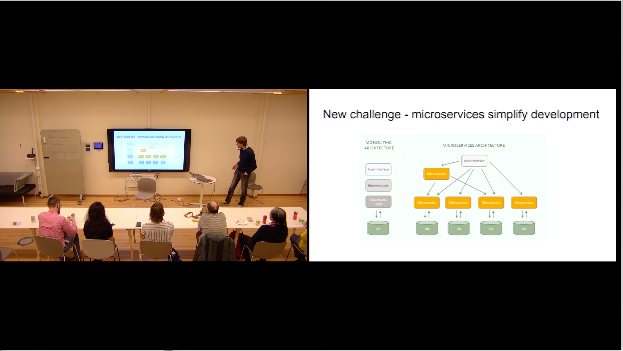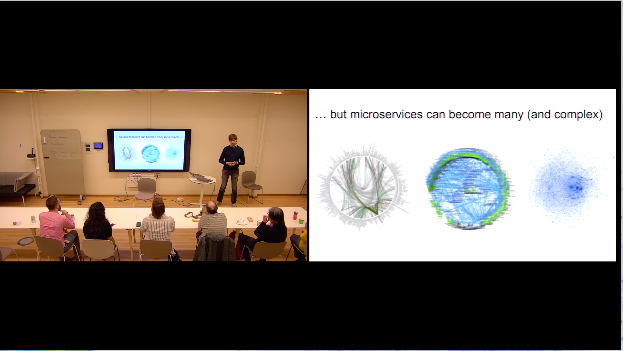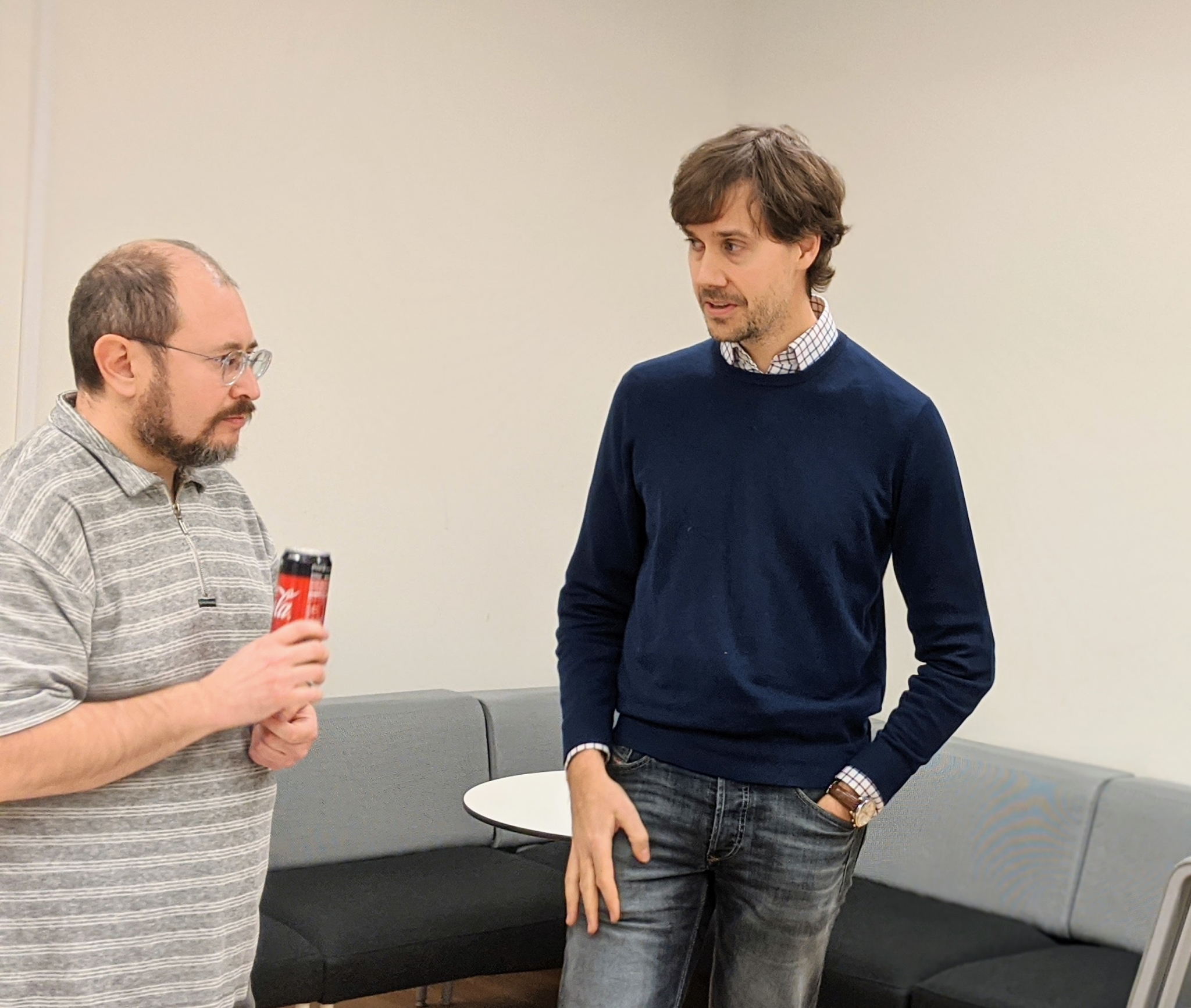First Pitcher: Kavitha Shanmugam, PhD student at Department of Chemistry, Umeå University.
Title: Using life cycle assessment (LCA) to interpret sustainable performance of services provided by cities
Understanding the story of a butterfly – from egg, to caterpillar, to butterfly, with all of the stages and elements in between, is easy to picture. Why not consider the systems we humans create as having a life cycle that we can interpret and learn from in the same way? This is how we begin to understand life cycle assessment.
Kavitha uses life cycle assessment (LCA) on wastewater treatment in the city of Umeå. Her work provides environmental footprints, the first step to making new sustainably meaningful decisions.
LCA can be applied to identify environmental footprints and the mid and end life of many types of products and processes – really, any scientific measure!
Kavitha’s question: Can I help you measure environmental footprints and improve sustainability?
Second Pitcher: Johan Tordsson, Assistant Professor at Department of Computing Sciences, Umeå University.
Title: Towards autonomous microservices
Johan’s goal in research is to make large scale computer systems manage themselves without human intervention. Software architecture has shifted from monolithic applications to many (up to hundreds) of loosely coupled microservices.
Software development has sped up, but the new microservice paradigm has produced a complex landscape of constantly evolving software components that are ephemeral, may change location, and communicate with each other in non-intuitive manners. To ensure performance, reliability, and cost efficient operations in such dynamic environments is too complex for human operators, so autonomic computing mechanisms are needed to make the systems increasingly manage themselves.
Johan’s current project is going beyond the current standard of autonomic cloud computing research by seeking to understand, model, and control how these microservices communicate among themselves, with a particular focus on detecting and handling system anomalies completely autonomously.
Johan’s question: How can we find and fix failures in complex microservice systems autonomously?

